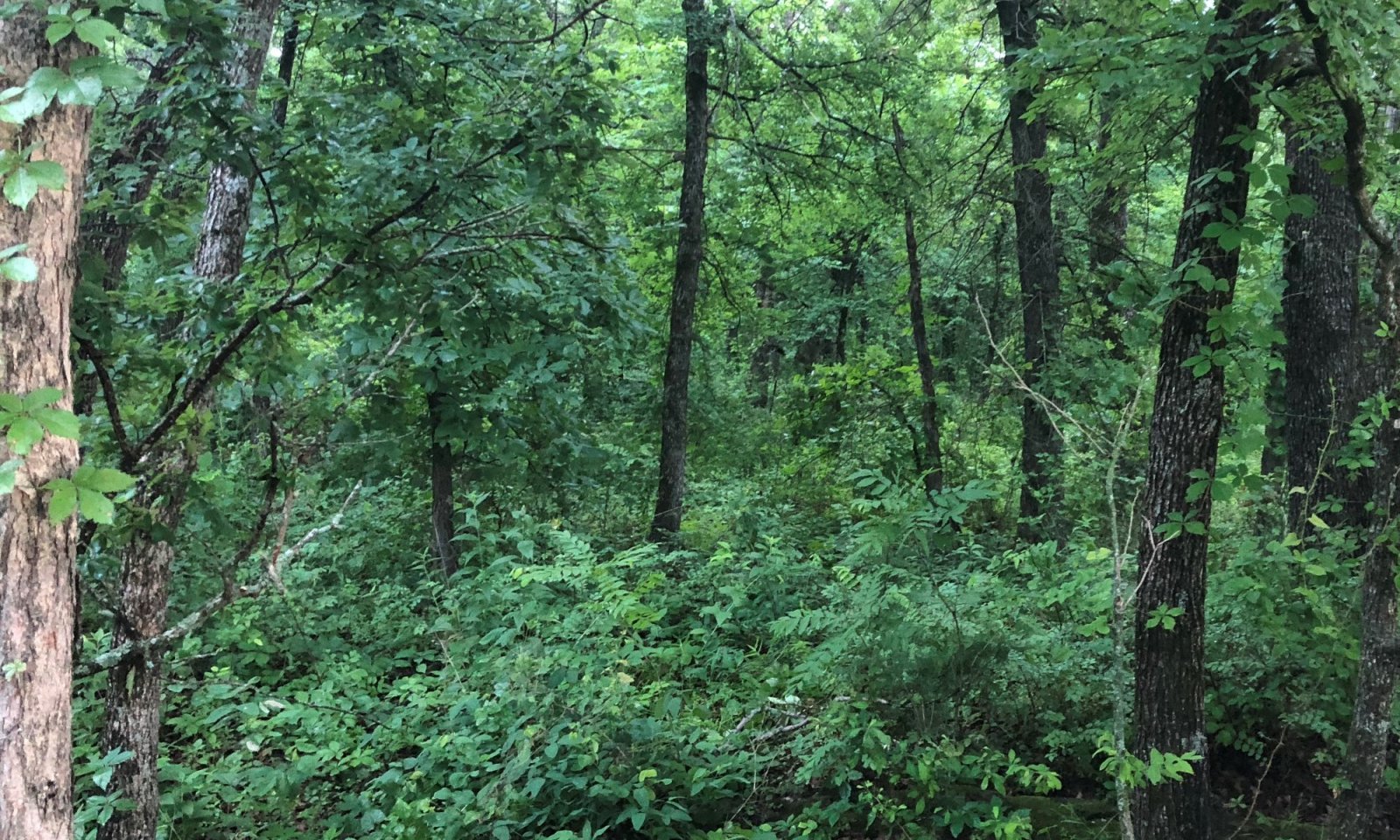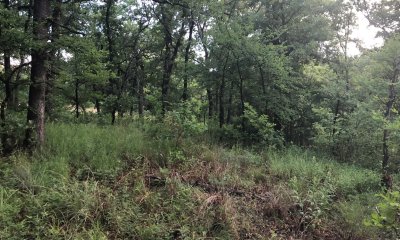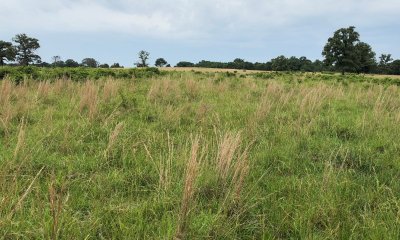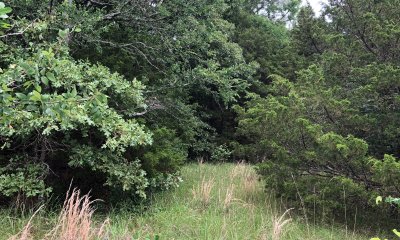
Savannah 38-42 PZ
Scenario model
Current ecosystem state
Select a state
Management practices/drivers
Select a transition or restoration pathway
- Transition T1A More details
- Transition T1B More details
- Restoration pathway R2A More details
- Transition T3A More details
- Transition T4A More details
-
No transition or restoration pathway between the selected states has been described
Target ecosystem state
Select a state
Description
This is the reference state for the Savannah ecological site. It represents the historic range of variability in the plant communities with the periodic disturbance of fire and grazing. It is dominated by a mosaic of oak savannah species and herbaceous plants.
Submodel
Description
This state is often the result of fire suppression for multiple years. Non fire-tolerant woody species such as elms, hackberry and juniper have increased and created a shaded environment with a heavy accumulation of leaf litter. Ecosystem processes are significantly altered and the herbaceous community is dominated by shade tolerant understory species. Greenbriar, grape and other shrubs and vines may create a dense understory layer.
Description
This state represents a change in land use from rangeland to pastureland. The soil structure and biology has been altered and the site is dominated by introduced species. Management of introduced forages requires more inputs than native grasses. Careful consideration should be taken prior to planting to ensure the result meets the desired use. Ratings for forage yields can be found under the non-irrigated crop yield section in web soil survey. As with any fertility management program, current soil tests should be taken before planting and subsequent fertilization of introduced pastures.
The most common forage species on these sites include Bermudagrass and Old World Bluestems(eg. KR Bluestem).
Without brush management, woody species such as mesquites, junipers, elms, or honey locust may invade these sites.
There may be opportunities to plant native grass species on these sites to restore the reference plant communities. The success of this type of restoration is highly variable and depends on the remaining soil resources and past management. This type of endeavor often requires site specific planning and evaluation. However, the species described in the reference state are a good resource for initial planning of any restoration project.
Description
This state describes the invaded, woody dominated plant community of the Savannah site. The ecological processes are dominated by woody species including mesquite, honey locust, elm, hackberry and juniper species. Some herbaceous plants persist under the woody canopy or in interspaces. Usually, shade tolerant species like Texas wintergrass and sedges are prominent herbaceous components in this community.
Mechanism
In the absence of fire or other forms of brush management, woody species will continually increase on these sites. As woody plants begin to dominate ecological processes, the site will transition to the Closed Canopy Woodland state.
Mechanism
Many of these sites were cultivated for crop production during the settlement of the area. Many of them have been planted to monocultures of introduced forage grasses in recent years. When these sites are cultivated, the soil properties are significantly altered from the reference state. Soil structure, hydrology and biology have been impacted and the site is transitioned to the Converted Land Use state.
Mechanism
At this point it will take significant inputs to remove woody species and restore the grass dominated pasture. However, it may be achieved through prescribed fire or brush management and a prescribed grazing plan which allows ample rest for the re-establishment of grasses. Effectiveness of prescribed fire depends upon fine fuel load and continuity and burning conditions. Selective thinning may be required in order to maintain the reference savannah dynamics without detrimental impacts to the hardwood community.
Mechanism
These sites are prone to invasion by juniper, mesquite and honey locust. Without brush management, brush invasion may increase to the point where the site transitions to the Abandoned/Invaded state. At this point it will take significant inputs to remove woody species and restore the herbaceous plant community.
Mechanism
At this point it will take significant inputs to remove woody species and restore the grass dominated pasture. However, it may be achieved through brush management and a prescribed grazing plan which allows ample rest for the re-establishment of grasses.
Model keys
Briefcase
Add ecological sites and Major Land Resource Areas to your briefcase by clicking on the briefcase (![]() ) icon wherever it occurs. Drag and drop items to reorder. Cookies are used to store briefcase items between browsing sessions. Because of this, the number of items that can be added to your briefcase is limited, and briefcase items added on one device and browser cannot be accessed from another device or browser. Users who do not wish to place cookies on their devices should not use the briefcase tool. Briefcase cookies serve no other purpose than described here and are deleted whenever browsing history is cleared.
) icon wherever it occurs. Drag and drop items to reorder. Cookies are used to store briefcase items between browsing sessions. Because of this, the number of items that can be added to your briefcase is limited, and briefcase items added on one device and browser cannot be accessed from another device or browser. Users who do not wish to place cookies on their devices should not use the briefcase tool. Briefcase cookies serve no other purpose than described here and are deleted whenever browsing history is cleared.
Ecological sites
Major Land Resource Areas
The Ecosystem Dynamics Interpretive Tool is an information system framework developed by the USDA-ARS Jornada Experimental Range, USDA Natural Resources Conservation Service, and New Mexico State University.






